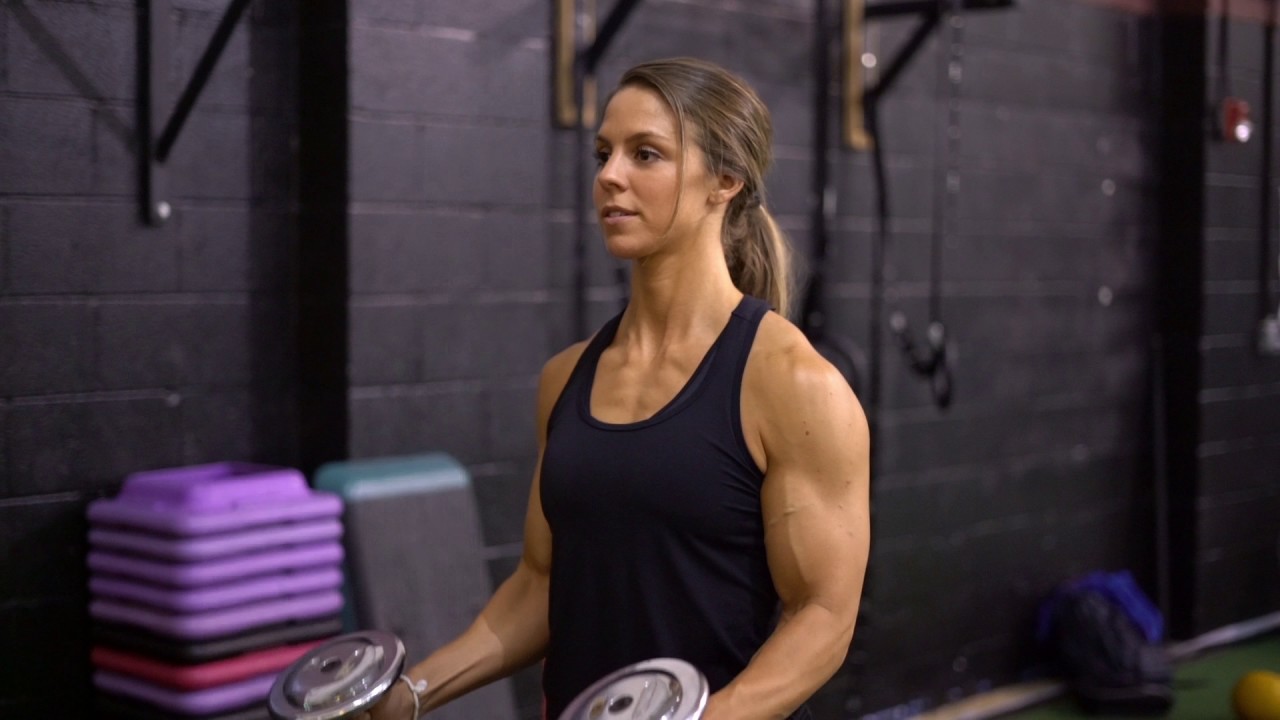Introduction
Rugby demands strength, agility, and endurance from its players. To excel in this dynamic sport, athletes need to develop a robust physique that can withstand the rigors of the game. One essential exercise in any rugby player’s training arsenal is the hammer curl. In this comprehensive guide, we’ll explore the ins and outs of hammer curls, including their benefits, proper execution, variations, and how to incorporate them into your rugby training regimen.
What Muscles Do They Target?
Hammer curls primarily target the brachialis, a muscle located underneath the biceps. Additionally, they engage the brachioradialis, a forearm muscle, and recruit the biceps brachii to a lesser extent. Strengthening these muscles is crucial for rugby players as it enhances grip strength, forearm stability, and overall upper arm power.
Muscles Targeted:
- Brachialis
- Brachioradialis
- Biceps Brachii (secondary)
What Are the Outcomes?
Incorporating hammer curls into your training regimen can yield several key benefits for rugby athletes:
- Improved Grip Strength: A strong grip is essential for tackling, carrying the ball, and grappling with opponents during scrums and mauls.
- Enhanced Forearm Stability: Strong forearms aid in controlling passes, offloads, and handling the ball in various game situations.
- Balanced Arm Development: Hammer curls promote balanced muscle development in the arms, reducing the risk of imbalances and injuries.
- Increased Upper Arm Power: Strong brachialis and brachioradialis muscles contribute to powerful arm movements, crucial for breaking tackles and driving through opponents.
How Will They Benefit Your Rugby Game?
Hammer curls offer specific advantages that directly translate to improved performance on the rugby field. Here’s how integrating this exercise into your training regimen can benefit your game:
- Enhanced Ball Handling: Rugby demands precise ball control, especially during passes, catches, and offloads. Strengthening the brachialis and brachioradialis muscles with hammer curls improves grip strength and forearm stability, allowing you to maintain a firm hold on the ball in various game situations.
- Increased Tackling Power: Effective tackling requires not only technique but also upper body strength to bring down opponents. Stronger brachialis muscles from hammer curls contribute to more forceful arm movements, aiding in driving through tackles and bringing down adversaries with greater efficiency.
- Improved Offloading Abilities: Offloading the ball in tight situations can turn the tide of a game, creating scoring opportunities for your team. By strengthening the muscles involved in hammer curls, you enhance your ability to execute quick and accurate offloads, catching defenders off guard and keeping the play alive.
- Better Scrum and Maul Performance: Scrummaging and mauling are physical aspects of rugby where upper body strength plays a crucial role. Developing robust forearm and bicep muscles through hammer curls provides the necessary power to withstand the pressure of scrums and contribute effectively to driving mauls forward.
- Reduced Risk of Injury: Rugby is a contact sport that places considerable strain on the body, increasing the risk of injuries, particularly to the upper extremities. By strengthening the muscles targeted by hammer curls, such as the brachialis and brachioradialis, you fortify these areas, reducing the likelihood of strains, sprains, and other arm-related injuries.
How to Perform the Exercise Correctly
Executing hammer curls with proper form is essential to maximize gains and prevent injury. Follow these steps to perform the exercise correctly:
- Starting Position:
- Stand tall with a dumbbell in each hand, arms fully extended by your sides, and palms facing your body.
- Execution:
- Keeping your elbows close to your body, exhale as you curl the weights towards your shoulders in a hammering motion.
- Pause briefly at the top of the movement, squeezing your forearm muscles.
- Return:
- Inhale as you slowly lower the dumbbells back to the starting position, maintaining control throughout the descent.
- Repetitions and Sets:
- Aim for 3-4 sets of 8-12 repetitions, adjusting the weight to ensure proper form and challenge.
Variations of the Exercise
Variety is key to stimulating muscle growth and preventing plateauing in your training. Here are some variations of hammer curls to add to your routine:
1. Single-Arm Hammer Curls:
Perform hammer curls one arm at a time to focus on each side independently and address any strength imbalances.
2. Hammer Curl with Twist:
At the top of the movement, rotate your wrist outward to fully engage the forearm muscles.
3. Incline Hammer Curls:
Perform hammer curls while seated on an incline bench to target the muscles from a different angle and increase the challenge.
Integrating the Exercise into Your Routine
To reap the full benefits of hammer curls, incorporate them strategically into your rugby training regimen. Here’s how:
- Frequency:
- Perform hammer curls 1-2 times per week, either as part of a dedicated arm workout or alongside other upper body exercises.
- Placement:
- Place hammer curls after compound exercises like bench presses or rows to ensure that your smaller arm muscles are adequately warmed up.
- Progression:
- Gradually increase the weight used for hammer curls as you become stronger, aiming to challenge your muscles without sacrificing form.
Safety Tips and Common Mistakes
To prevent injury and maximize the effectiveness of your hammer curl workouts, keep the following tips in mind:
- Maintain Proper Form: Avoid swinging your body or using momentum to lift the weights. Keep your elbows stationary and focus on controlled movements.
- Use an Appropriate Weight: Choose a weight that allows you to complete each repetition with proper form while still providing a challenge.
- Warm Up Adequately: Prioritize a thorough warm-up before performing hammer curls to prepare your muscles and joints for the exercise.
Complementary Exercises
While hammer curls are excellent for targeting the brachialis and brachioradialis, incorporating complementary exercises into your routine can further enhance your overall strength and performance on the rugby field. Consider adding the following exercises:
- Barbell Rows: Strengthen your back and grip muscles to improve tackling and grappling abilities.
- Reverse Curls: Target the brachialis and brachioradialis from a different angle to promote balanced arm development.
- Wrist Curls: Enhance grip strength and forearm endurance, crucial for ball handling and scrummaging.
Alternative Exercises
If you’re looking to switch things up or add variety to your arm training, consider these alternative exercises:
- EZ-Bar Curls: Similar to standard bicep curls but with a curved bar, EZ-bar curls can alleviate wrist strain and target the biceps effectively.
- Preacher Curls: Perform curls on a preacher bench to isolate the biceps and minimize cheating through body momentum.
- Cable Hammer Curls: Utilize cable machines for constant tension throughout the movement, maximizing muscle engagement.
In conclusion, hammer curls are a valuable addition to any rugby player’s training routine, offering numerous benefits for upper body strength and performance. By mastering proper form, incorporating variations, and integrating them strategically into your workouts, you can develop powerful arms and gain a competitive edge on the field. Stay consistent, stay focused, and watch your game reach new heights with hammer curls!

